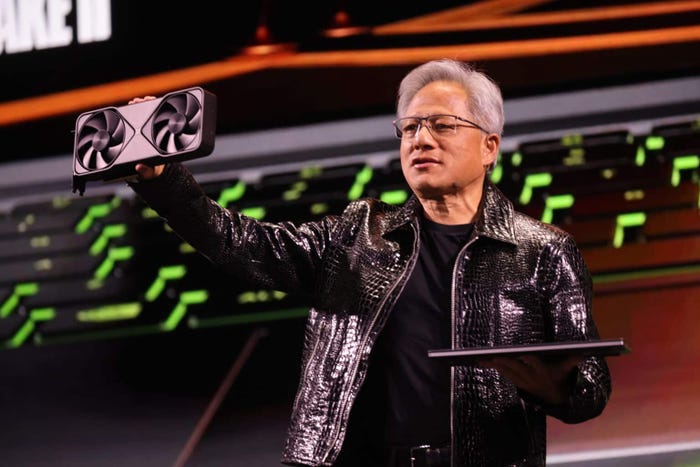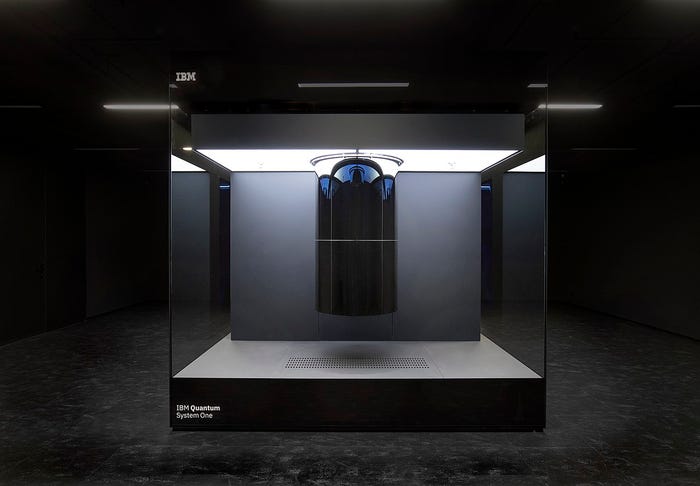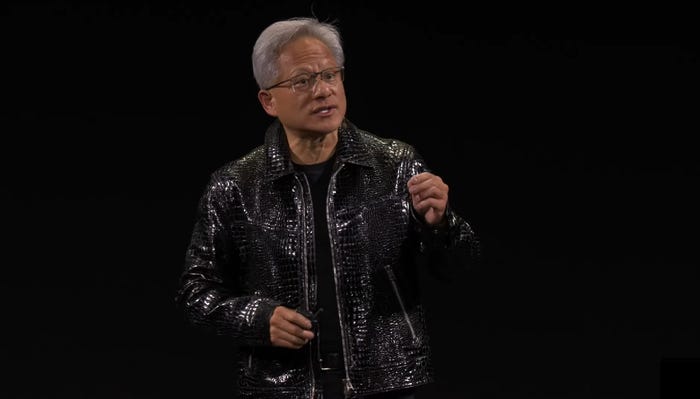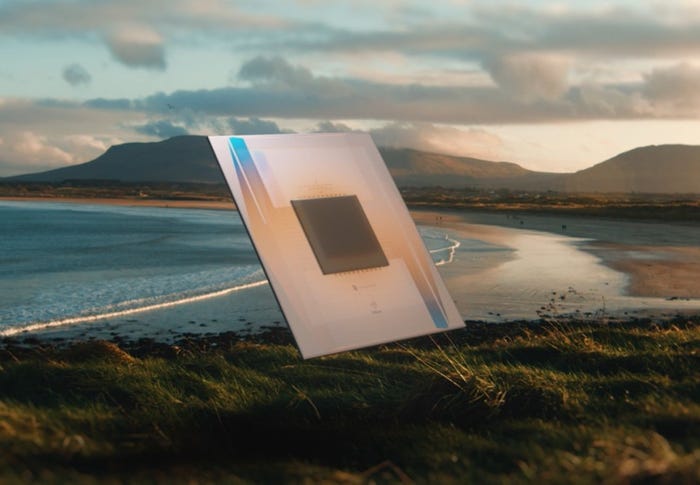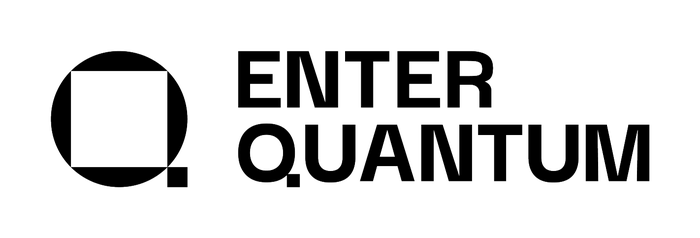
Connects decision-makers and solutions creators to what's next in quantum computing
QuEra Launches Three-Year Roadmap to 100 Logical QubitsQuEra Launches Three-Year Roadmap to 100 Logical Qubits
Q&A with QuEra’s Yuval Boger
January 9, 2024

Quantum computing company QuEra Computing, which uses neutral-atom technology, has launched a three-year road map, which sets out a path to introducing a third-generation quantum computer with 100 logical qubits in 2026.
In this Q&A, QuEra chief marketing officer Yuval Boger explains why the company is launching the road map now, the significance of targeting 100 logical qubits and the importance of error correction.
Enter Quantum: This is the first time QuEra has released a quantum road map. We’re used to seeing similar launches from tech giants like IBM. Why is 2024 the year QuEra is joining them?
Yuval Boger: It’s part of the company growing up and saying, ‘This is what we're going to do the next three years.’ It is one more step in making it obvious that we are one of the leading quantum companies in the world.
We released some fantastic research in December about quantum error correction, which was the first time that 48 logical qubits error-corrected qubits were used in a sophisticated circuit. And the next obvious question that people are asking is OK, when can I use that system? I want it either on-premise or to access one on the cloud. The demand is there and we want to answer that and since we're developing the systems anyway, we might as well share what we're doing.
The other reason is that especially in the past year, there's been substantial growth in the number of organizations, including national programs, that want on-premise quantum computers. We build to order and customers want to know what they’re going to get by which year and if they’ll need to upgrade two years later. This is us saying here’s the road map explaining that.
What’s the significance of the logical versus physical qubits?
Physical qubits are the fundamental bits for quantum. The problem is that they're very fragile and susceptible to environmental fluctuations or noise and some have to be supercooled. That susceptibility manifests itself in an error rate in operations.
In today's physical qubits systems, even the good ones, you're getting error rates of one in 100 or 200. This means if I have an algorithm that has 200 steps and I have a one-in-200 error rate, I'm almost guaranteed that it's going to be an error.
To deliver on the promise of quantum computers, we need error rates that are approaching what we get classically, which is one in 1012 or one in 1015 – practically no errors. Improving the physical qubits by themselves is not going to get us from one in 100 to one in a trillion.
This is where logical qubits come in. A logical qubit is a collection of physical qubits that have mechanisms to detect and correct errors.
In the classical analogy, if you were on a very noisy call and wanted to communicate a phone number that starts with 415. I could repeat each digit, and number of times, so instead of 415, I would say 444111555. Assuming that if one of these got garbled and you hear two fours and one that sounds like seven, you could assume that four was correct. Logical qubits are the quantum equivalent of the repetition code.
Unfortunately, in quantum computing, you cannot just replicate the qubit. That is sometimes a good thing because that is the basis of ensuring there’s no eavesdropping in quantum communications. But you take the information of a physical qubit and spread it around others in a way that allows you to do that.
Logical qubits are a way to increasingly improve the error rate until you can start doing increasingly sophisticated and useful algorithms.
Why did you choose 100 logical qubits as a goal?
You could probably run a 10-qubit simulator on your phone, and you could probably run a 25-qubit simulator on your desktop. The world's fastest supercomputer might be able to approach 50 qubits. Beyond 50 qubits we reach what is sometimes called the simulatability limit and you're getting into computations that classical computers cannot perform.
That’s truly exciting because if a classical computer could perform everything that a quantum computer does, then why do we need the cost, complexity and fragility of quantum computers? At 50 and above I could simulate a larger molecule that I could do classically or I could solve a bigger problem or optimize a bigger network.
In our road map, we are estimating 30 logical qubits in 2025 and 100 logical qubits in 2026. We’ve crossed the threshold into the unknown, the Twilight Zone.
On what timescale do you predict achieving a commercial quantum advantage?
In 2026 when we have 100 logical qubits! People can develop algorithms now in preparation – you have to learn how to drive before you try to attempt the Grand Prix. They can use our existing computers, and as part of a road map, we're releasing a logical qubit simulator that allows people to experiment and develop algorithms to prepare for larger and larger quantum computers.
In 2026, we’ll have a computer that's large enough to do things that cannot be done classically, which is one definition of quantum advantage.
You May Also Like

